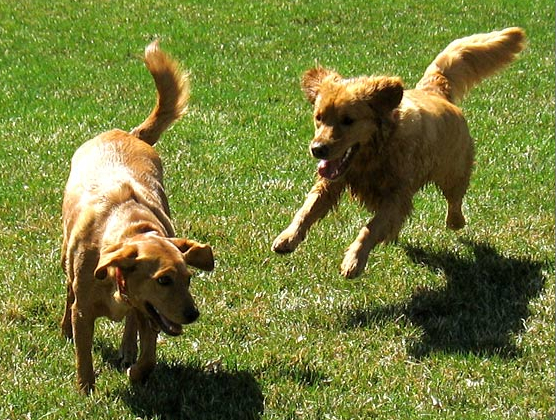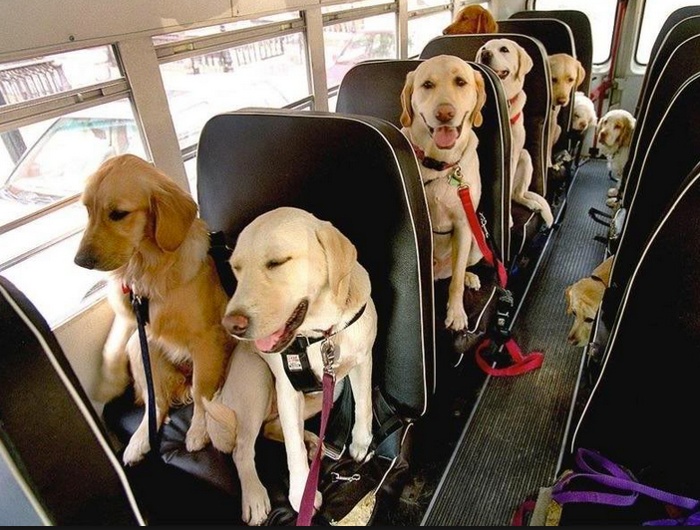Dogs Love Running! - the blog for pet owners and pet professionals
The Biggest Mistake You Can Make When Buying A Dog Walking Franchise
As a dog walking franchise, we get lots of calls and emails from people inquiring about joining our team as franchisees. Part of our job is to help guide and educate them about what this business is all about so that they know if it's really what they're looking for or not. From that experience, we can tell you that the #1 mistake that people make in buying a dog walking franchise (or in trying to start a dog walking or pet sitting company up on their own) is:
- They want to play with dogs all day and that's it
Now, don't get us wrong. With our franchise, you definitely get to play with dogs for a living. And it's a heck of a lot of fun. But, it's also still a business. And there are a lot of "un-fun" things that go along with being the owner of any type of business. When you talk to us, we tell you what those "un-fun" things are so that you know what you're getting into.
If you're considering buying a dog walking franchise partly because you love dogs, that's great. In fact, if you don't have a love for our four-legged friends, I'm not sure we'd even want to talk to you.
But if 100% of the reason you want to start this kind of company is soley just because you're a dog fanatic, owning a business may not be for you. You'll find out very quickly that marketing, scheduling, accounting, and hiring have nothing at all to do with dogs.

Some people hate those things.
If that's you, we'd suggest thinking very carefully about if this is the right type of opportunity or not.
What we look for are these types of traits, in no particular order (if you don't have all of them, that's fine, but this should give you an idea of the "right" type of person for this job):
- You're a dog lover (and animal-lover in general)
- You have a passion for animal welfare
- You like working with people (it's the people, not the dogs, that are hiring you!)
- You enjoy the outdoors
- Living a healthy lifestyle is important to you
- You are organized and at least somewhat detail-minded (scheduling staff to make client visits is a part of this job)
- You understand that this is a business and that marketing, accounting, and hiring (and other related tasks) will be a part of your weekly routine
Note that we didn't exactly specify that we're looking for runners (our company name is Dogs Love Running!, afterall). That's because your staff will be the runners/walkers/sitters, not you. What we're just hoping to find are people that enjoy and live a healthy lifestyle. This can come in many forms.
Being a dog walking franchise owner can be the best job ever, as long as you know what you're getting into. We try to be as informative as possible when talking to prospective franchisees because the worst thing that could happen to both of us is that you join our team and then realize that this isn't really for you. We'd rather just tell you straight up what this business is all about before you commit to being a franchisee. If it turns out you're a match, that's great. If not, that's fine too. Maybe we can point you in a better direction once we know what it is that you're really seeking.
If you're thinking about buying a dog walking or pet sitting franchise and want to know more about what it takes to make it, just ask us. You can contact us about the Dogs Love Running! franchise here.









